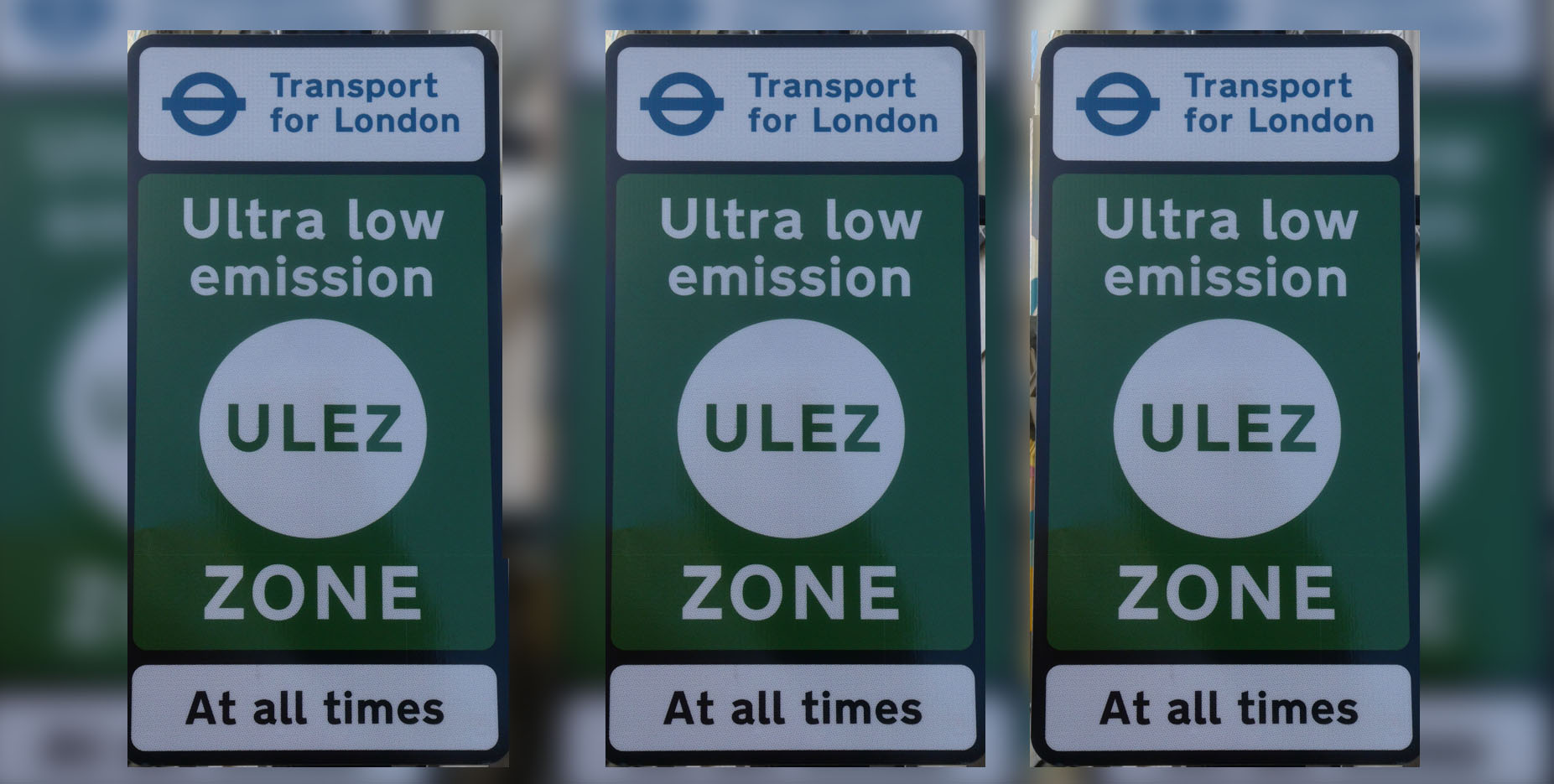
Elham Asaad Buaras
On August 29, nine months after the Mayor of London announced his decision to expand the Ultra Low Emission Zone (ULEZ), the initiative was expanded from eight to all 32 London borough’s spanning the entire Greater London area.
Most non-compliant car drivers in London will now be subject to a £12.50 daily tax under the scheme, which Sadiq Khan describes as “the right thing to do” to decrease pollution and clean up the city’s air.
The ULEZ hits petrol vehicles introduced earlier than 2005 that are not compliant with Euro 4 emissions regulations.
Meanwhile, diesel cars and vans are only exempt if their engine complies with more recent Euro 6 rules, which were introduced in September 2015.
Since announcing the expansion of the ULEZ, organisations, some politicians, businesses and charities have been putting pressure on Khan to scrap the project.
On July 28 a high court judge found the decision to extend the ULEZ was legally sound following a legal challenge launched by five Conservative councils. The Tory candidate for next year’s mayoral election, Susan Hall, has however said she will scrap the expanded zone from day one if voted in.
Khan has even faced pressure from those in his own party, including the Labour Leader, Sir Keir Starmer, following Uxbridge and South Ruislip by-election, which the Conservatives are widely seen to have held due to the ULEZ. Even Labour’s Shadow Minister for Employment Rights and Protections and MP for Ellesmere Port, Justin Madders, said the expansion represents an “expense too many” during a cost-of-living crisis.
“I think he probably needs to be listening to some of the callers you’ve been having on and how it’s affecting them and think about whether this really is the right time to be going ahead with it,” he told LBC.
“We know there’s a massive cost of living crisis at the moment and asking people to shell out thousands to buy new vehicles or pay £12.50 every day is just an expense to many at this time.”
Khan and Transport for London (TfL) have frequently stated that expanding the zone from the North and South Circular roads to the entire capital is critical to cleaning up the city’s air, and they have garnered significant support.
London-wide polling has indicated the city’s residents generally back the ULEZ, even if there is a closer split between those who think it should be expanded to those who wish to see it remain within its current boundaries.
City Hall data released in April found all of London’s boroughs exceed the World Health Organisation’s guidelines for nitrogen dioxide, and recent research from King’s College reported how people with dementia exposed to higher levels of PM2.5 and nitrogen dioxide were likely to record greater use of community mental health services.
Official data suggests more than nine in ten cars seen driving in outer London on an average day are already compliant.
For those who have vehicles that do not meet the ULEZ standards, a scrappage scheme is in place to support the transition to cleaner, less polluting options.
The mayor said the launch marks “a landmark day for our city as the Ultra Low Emission Zone expands to ensure every Londoner breathes cleaner air.
“We’ve already seen huge progress since I announced the expansion. On the eve of the rollout, 9 in 10 cars seen driving in the zone on an average day are already compliant and won’t pay a penny. Financial help is available for every single Londoner and small business whose vehicle is not compliant.
“It was a very tough decision to expand the zone, but with toxic air leading to around 4,000 premature deaths each year and our children growing up with stunted lungs, it is the right thing to do.”
Among environmental and health campaigners to welcome the ULEZ expansion is Oliver Lord, Head of Clean Cities Campaign in the UK who said, “Reducing the number of polluting vehicles in our cities will especially help to improve the health of marginalised communities and those who struggle to breathe when the air is dangerously polluted. Their voices have not been heard enough.”
“I haven’t met a single person who wants to drive a dirty vehicle and pollute their own community, but it can often be a necessity in the UK and that’s what we urgently need to fix. As the ULEZ expands, our leaders should be working together, not against, to help struggling households by providing cheaper, convenient and greener alternatives to driving a polluting car, such as safer cycling routes, more electric buses and car sharing rental schemes.”
ULEZ facts
The Ultra Low Emission Zone (ULEZ) operates 24 hours a day, 7 days a week, every day of the year, except Christmas Day (December 25). The zone operates across all London boroughs, and does not include the M25.
If a vehicle does not meet the ULEZ emissions standards and is not exempt, drivers need to pay a £12.50 daily charge to drive within the zone. This applies to cars, motorcycles, vans and specialist vehicles (up to and including 3.5 tonnes) and minibuses (up to and including 5 tonnes).
Lorries, vans or specialist heavy vehicles (all over 3.5 tonnes) and buses, minibuses and coaches (all over 5 tonnes) do not need to pay the ULEZ charge. They will need to pay the LEZ charge if they do not meet the Low Emission Zone (LEZ) emissions standard.
Owners of non-UK registered vehicles also need to meet the ULEZ emissions standards or pay the daily charge to drive within the zone. Vehicles need to be registered with TfL partner EPC plc, even if they meet the emissions standards.